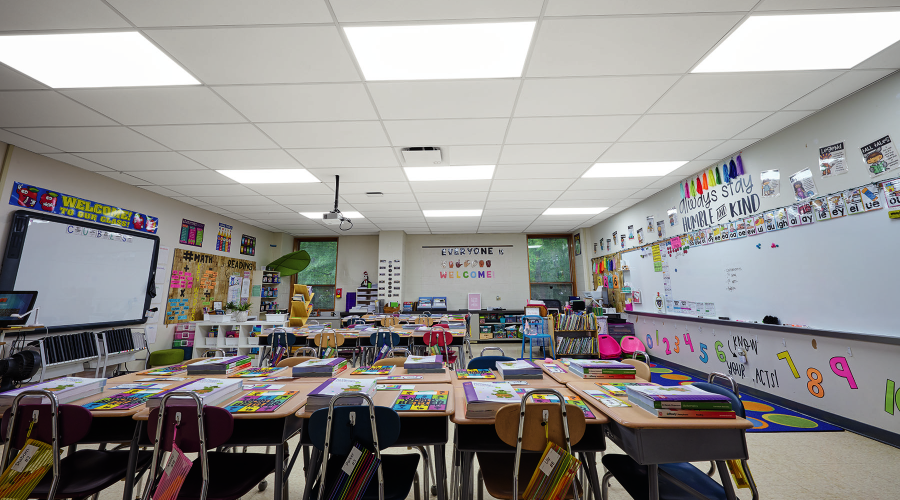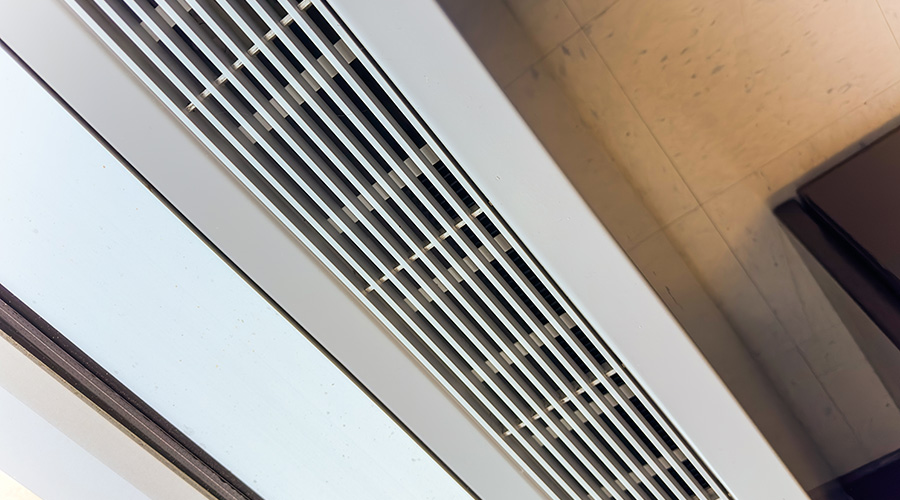Sports Arenas Pose Maintenance and Engineering Challenges
A facility that houses two teams whose seasons align is a formidable challenge for a maintenance and operations department, especially when one of the teams plays on a sheet of ice.
“You’ve got to cool and get your environment correct for that ice sheet,” Henson says. “Hockey is a sport where science dictates your atmosphere. High humidity in a building is going to do two things: the humidity is going to condense on your ice sheet, or it will cause fog in your building.”
The hockey team often practices in the morning before playing a game that same night. Technicians have to cool the facility during the day so when fans enter the building, the indoor environment will remain ideal for hockey.
“Condensation on a sheet of ice is the worst thing that can happen to it because it’s like skating on sand,” Henson says.
Philips Arena and other similar facilities also have unique lighting requirements, compared to other commercial buildings. The arena runs 1,000-watt lamps in 230 fixtures. Technicians have to turn off the lights when not in use, but they must plan ahead because the lights have a 20-minute cool-down period before workers can turn them back on — a key consideration in a multi-purpose facility.
“You have to know what’s coming next or who’s using the facility next prior to turning them off,” Henson says.
The arena’s HVAC and lighting systems are tied into a building automation system, which is important for a facility with an erratic schedule.
“You have to maintain some lights and some environmental controls while (workers are) cleaning, or your staff is going to be taxed long before they get finished,” Henson says. “That’s the main difference (between) an office building and an arena.”
Related Topics:















